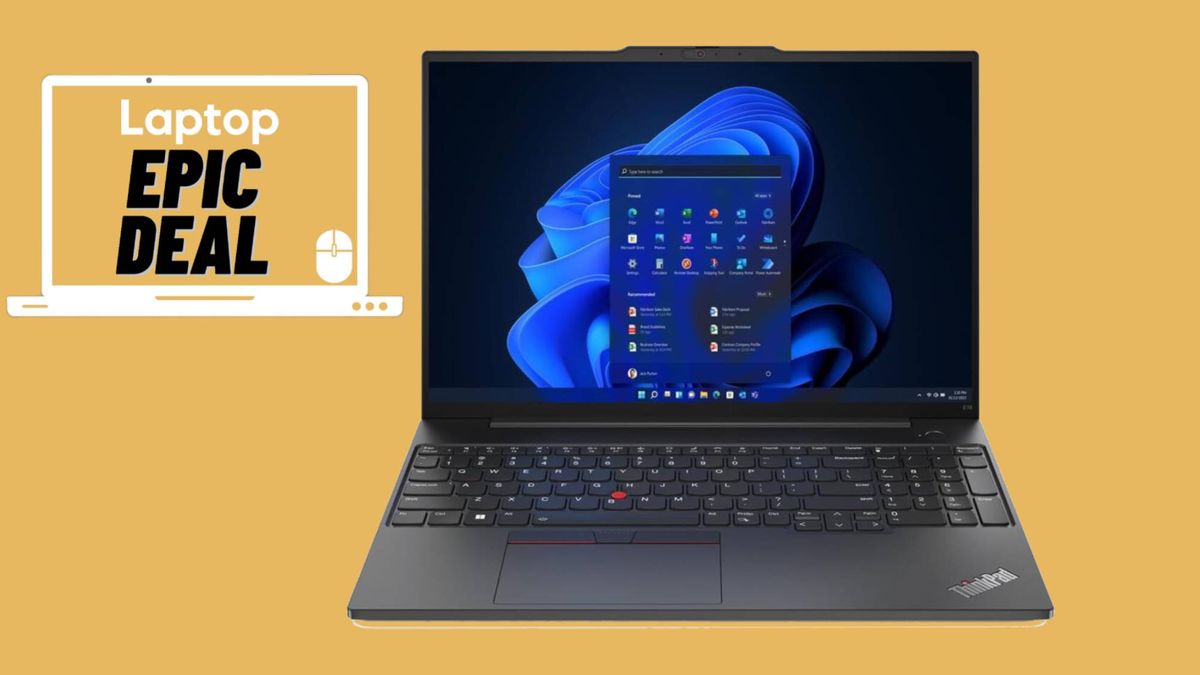Nvidia has had a blistering ride in its journey to become a $3 trillion heavyweight in the AI industry. Now, authorities want to know if it has got there fairly.French regulators are set to charge the Silicon Valley chip giant over concerns that it has engaged in anti-competitive behavior, a Reuters report said, citing people familiar with the matter.It follows developments last month involving the US Justice Department and Federal Trade Commission that could see Nvidia and other AI industry giants, like Microsoft, face tough questions over how they use their market power.A Nvidia spokesperson declined to comment to BI.Nvidia has emerged as a dominant force in the generative AI boom as companies including OpenAI, Google, and Meta have all bowed before its billionaire CEO Jensen Huang to secure access to the chips — known as GPUs — that the company specializes in.Demand has been driven by these GPUs’ role in training hyped AI models. In May, Nvidia gave its latest indication of just how relentless demand has been after it revealed a 262% year-on-year jump in first-quarter revenue to $26 billion.The company’s dominance was further cemented last month after it briefly surpassed Microsoft to become the world’s most valuable company, with a market capitalization of around $3.34 trillion.But while Nvidia’s hardware has attracted attention, regulators also seem keen to highlight the software part of its business: CUDA.In its first opinion on the “competitive functioning” of the generative AI sector, published on Friday following the launch of an inquiry in February, France’s competition regulator raised concerns over “the sector’s dependence on Nvidia’s CUDA” software.What is CUDA?
Nvidia’s CUDA software helps make its hardware easy to use.
Slaven Vlasic/Getty Images for The New York Times; Chelsea Jia Feng/BI
CUDA, which stands for “compute unified device architecture,” is a computing platform that Nvidia unveiled in 2006.
At the time, Nvidia’s GPUs had been built to cater to the then-niche gaming market. They boasted an ability to process the graphics of games better than chips from rivals, thanks to a neat trick they performed called parallel computing.But Nvidia was ready to expand the use of its GPUs to handle other kinds of computing tasks. That’s where CUDA would come in. Nvidia wanted to create a software package that could allow its GPUs to handle a whole range of computing tasks.It succeeded. CUDA’s advantage today is that it effectively works as a plug-and-play system. No matter how varied or complex the workload of an AI company, CUDA operates in a way that makes Nvidia’s GPUs useful to all companies working on AI projects. How has it managed this?What makes Nvidia tick
Jensen Huang presents at Nvidia’s GTC conference.
Justin Sullivan/Getty Images
After Nvidia’s GTC conference in March, dubbed the “Woodstock of AI” by analysts, James Wang, general partner at Creative Ventures, a VC firm, wrote a blog explaining how Nvidia’s reveal of new GPUs was less important to its success than CUDA.He has a few explanations for this.For one, CUDA is adaptable. The software “continues to be forward and backward-compatible,” even when new GPUs come out, Wang wrote in a Substack blog.Wang also noted it also has a bunch of “super pleasant tools,” which are supported by a dedicated community of CUDA developers. Simply, these tools are designed and updated to make life easy for companies looking to use Nvidia’s chips.”The reasons for Nvidia’s dominance are years and billions of dollars in investment in the CUDA ecosystem, evangelism, and education of the community that builds AI,” Wang wrote.While Huang has gained credit within Silicon Valley for building such a powerful software system that has given Nvidia a competitive moat, others have tried to build rival offerings.For instance, Nvidia’s chip rival AMD, led by Huang’s cousin Lisa Su, operates a CUDA alternative called ROCm. It was, however, released in 2016, 10 years after CUDA, and has not gained a similar kind of traction.For regulators now, the question is whether Nvidia has achieved its dominance by unfairly locking companies using its GPUs into CUDA.As French regulators noted in their opinion on Friday, the software is “the only one that is 100% compatible with the GPUs that have become essential for accelerated computing.”





